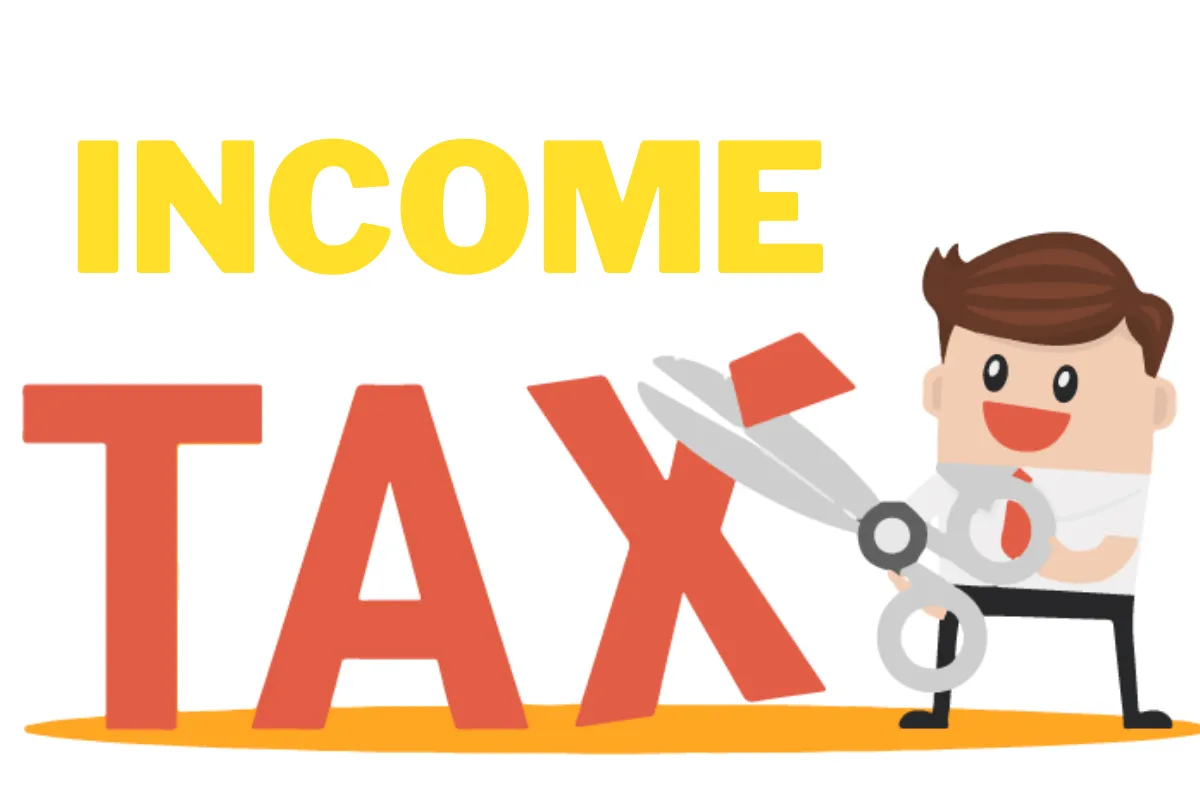With the financial year nearing its end, the March 31st deadline for claiming tax deductions under Section 80C of the Income Tax Act is fast approaching. This presents a crucial opportunity for Indian taxpayers to strategically invest and reduce their tax burden. However, choosing the right investment instrument requires careful consideration of various factors beyond just the tax break.
Know Your Goals, Assess Your Risk Tolerance
Before diving into investment options, take a step back and analyze your individual financial goals. Are you saving for retirement, your child’s education, or wealth creation? Understanding your needs will guide you towards the most suitable tax-saving avenue. Additionally, assess your risk tolerance. Are you comfortable with potential market fluctuations, or do you prefer stable, guaranteed returns?
Explore the Diverse Range of Options
Section 80C offers a variety of investment options, each with its own unique features and benefits. Popular choices include:
- Public Provident Fund (PPF): A government-backed scheme offering steady returns and tax-free maturity proceeds.
- Equity Linked Savings Scheme (ELSS): Mutual funds investing in equities, offering potentially high returns but with inherent market volatility.
- National Savings Certificate (NSC): Fixed-income instrument with guaranteed returns and a lock-in period.
- Tax-saving Fixed Deposits (FDs): Offer guaranteed returns but generally lower than equity investments.
- Senior Citizen Saving Scheme (SCSS): High-interest scheme specifically for senior citizens.
- Sukanya Samriddhi Yojana (SSY): Girl child-specific scheme with attractive returns and tax benefits.
Understanding Risks and Returns
Each investment option carries a different risk-return profile. Equity-linked instruments like ELSS offer the potential for higher returns but are subject to market fluctuations. Debt instruments like PPF and FDs provide stable, predictable returns but may offer lower growth potential. Carefully evaluate the risk profile of each option to ensure it aligns with your financial goals and risk tolerance.
Lock-in Periods and Liquidity Needs
Consider the lock-in period associated with each investment. PPF, for example, has a 15-year lock-in, while ELSS funds have a 3-year lock-in. Ensure you choose instruments that don’t restrict your access to funds needed for crucial life events like emergencies or planned expenses.
Tax Implications and Performance
While contributions to most Section 80C instruments are tax-deductible, the tax treatment of returns varies. Interest on FDs is taxable, while PPF returns are tax-free. Additionally, consider the past performance of investment options like mutual funds. If risk-averse, opt for consistent performers with a track record of exceeding their benchmark indices.
Diversification is Key
Diversifying the tax-saving portfolio across different asset classes is essential for effective risk management. A well-diversified portfolio may include a mix of equity, debt, and other tax-saving instruments based on the investor’s risk tolerance and investment objectives.











